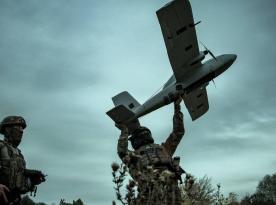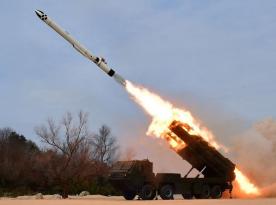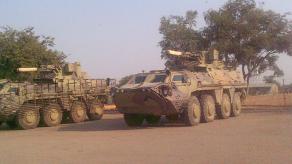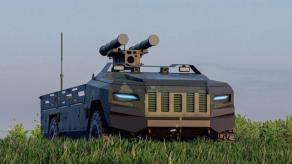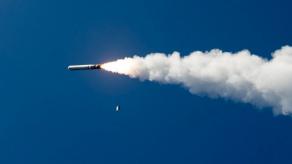Germany could soon become the first European country to purchase the Typhon land-based missile launcher from the U.S., enabling it to field Tomahawk cruise missiles and SM-6 naval interceptors from land platforms. While such a move would significantly boost NATO's strike capabilities in Europe, it has also triggered a noticeable reaction from russian defense media.
According to a recent article published by russian Izvestia, a propaganda news media, the primary concern in moscow is not the Typhon system's specifications or price tag (which remain unknown), but the potential strategic shift it represents.
Read more: If Germany Developes AI-Enhanced Anti-Ballistic IRIS-T SLM, It Absolutely Should Be Tested in Ukraine
In particular, russian commentators speculate that the U.S. might employ a "plausible deniability" model: Washington could sell Typhon systems to European allies like Germany, maintain an official Indo-Pacific focus, and still rotate U.S. Army missile units through Europe for training — effectively deploying intermediate-range weapons near russia without openly acknowledging it.
That possibility seems to disturb russian analysts more than the weapons themselves. The idea of American missile personnel "just visiting for drills" while their systems remain in place fuels fears of a disguised forward deployment strategy.
Another sore point raised in the russian coverage is Germany's decision to pursue Typhon instead of joining France's LCM program — a European-led initiative to develop a similar strike capability. russian commentators frame this as a blow to European defense integration, though a more likely explanation is Berlin's urgency to acquire long-range strike assets as soon as possible, even at the cost of bypassing slower multilateral programs.
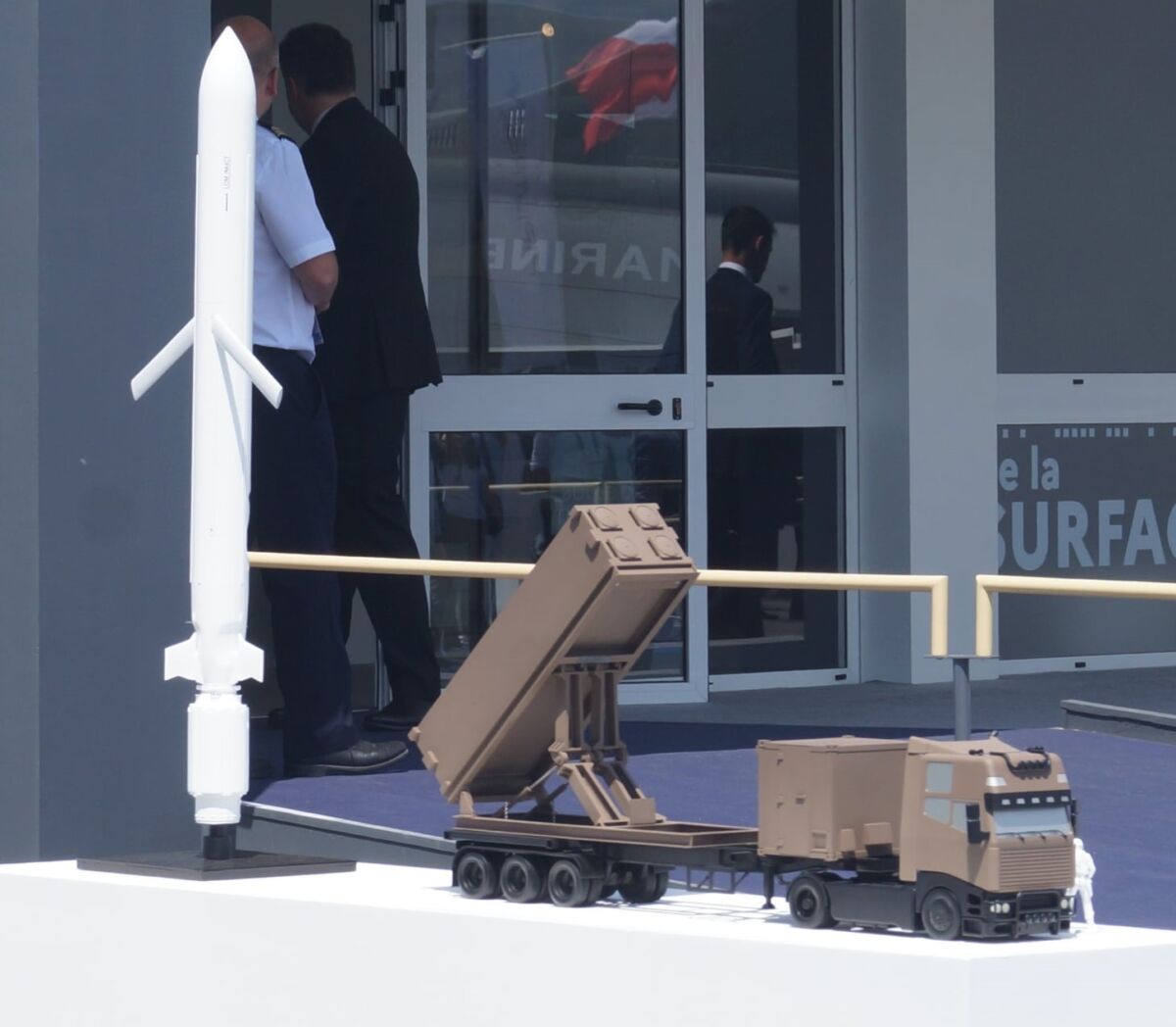
Typhon is a land-based launcher developed under the U.S. Army’s Mid-Range Capability program, capable of firing both Tomahawk cruise missiles (with a range of up to 2,500 km) and SM-6 interceptors (effective against both ballistic and non-ballistic threats at ranges up to 370 km). Originally intended for Indo-Pacific deployment, Typhon offers immediate battlefield flexibility with proven hardware. In contrast, France's LCM (Land Cruise Missile) program is still in its early development phase and lacks a clear deployment timeline, as well as operational range information.
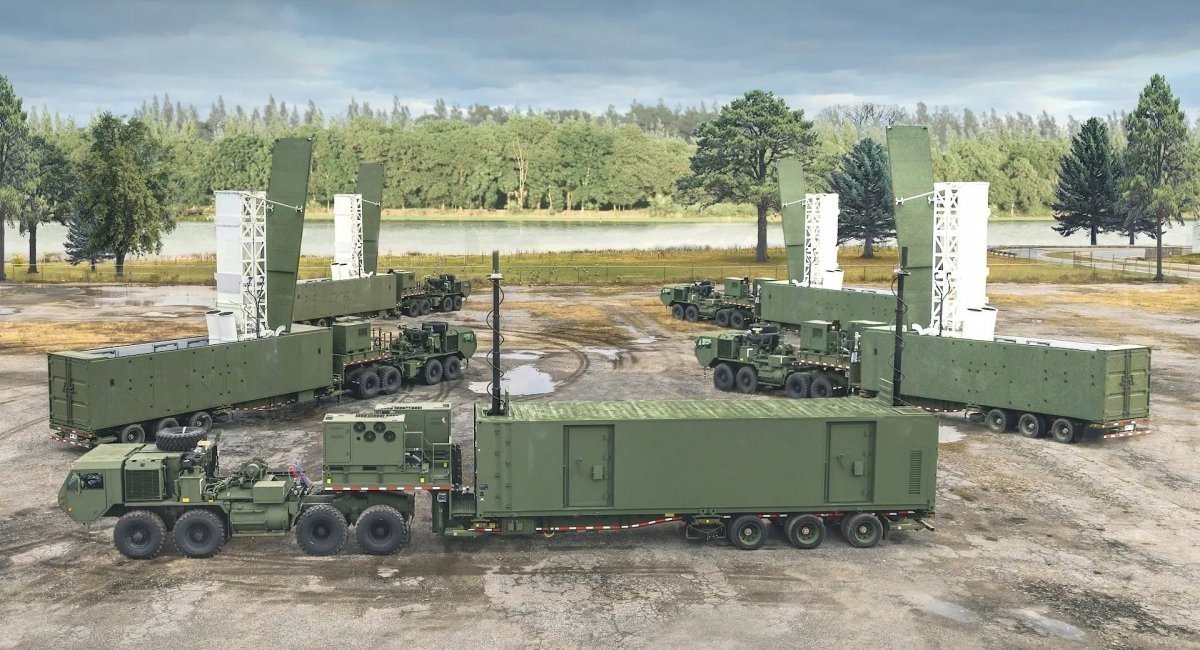
For the U.S. defense industry, a Typhon contract with Germany would represent a lucrative deal. While the system is large and was originally envisioned for the Pacific theater, Europe already has the infrastructure to host and support such platforms.
Ultimately, russia's concern isn't just about new missiles — it’s about losing strategic predictability. The deployment of long-range U.S.-designed weapons on European soil, even under allied flags, challenges old red lines and introduces a flexible, layered deterrence model that's harder for moscow to track, let alone counter.
Read more: Germany Wants Typhon: Will Long-Range Tomahawks Replace Europe’s Need for 4,200 Cruise Missiles?






